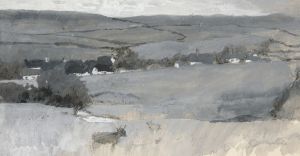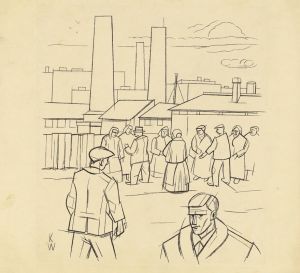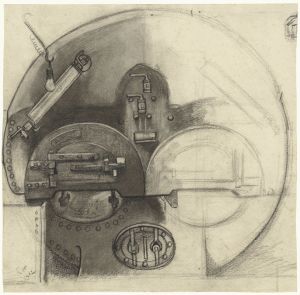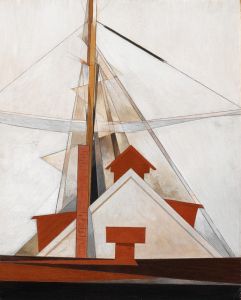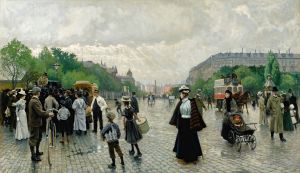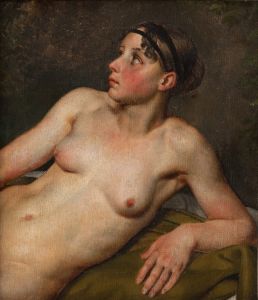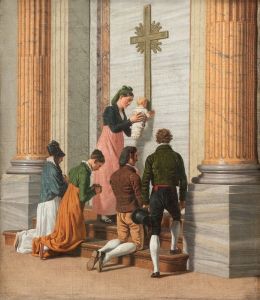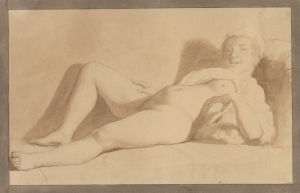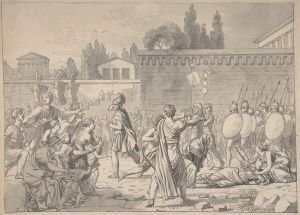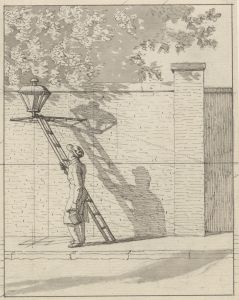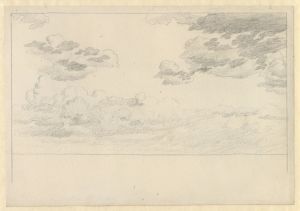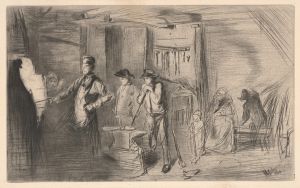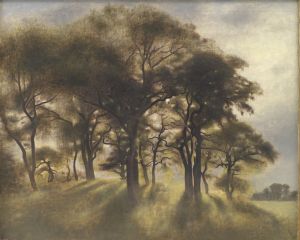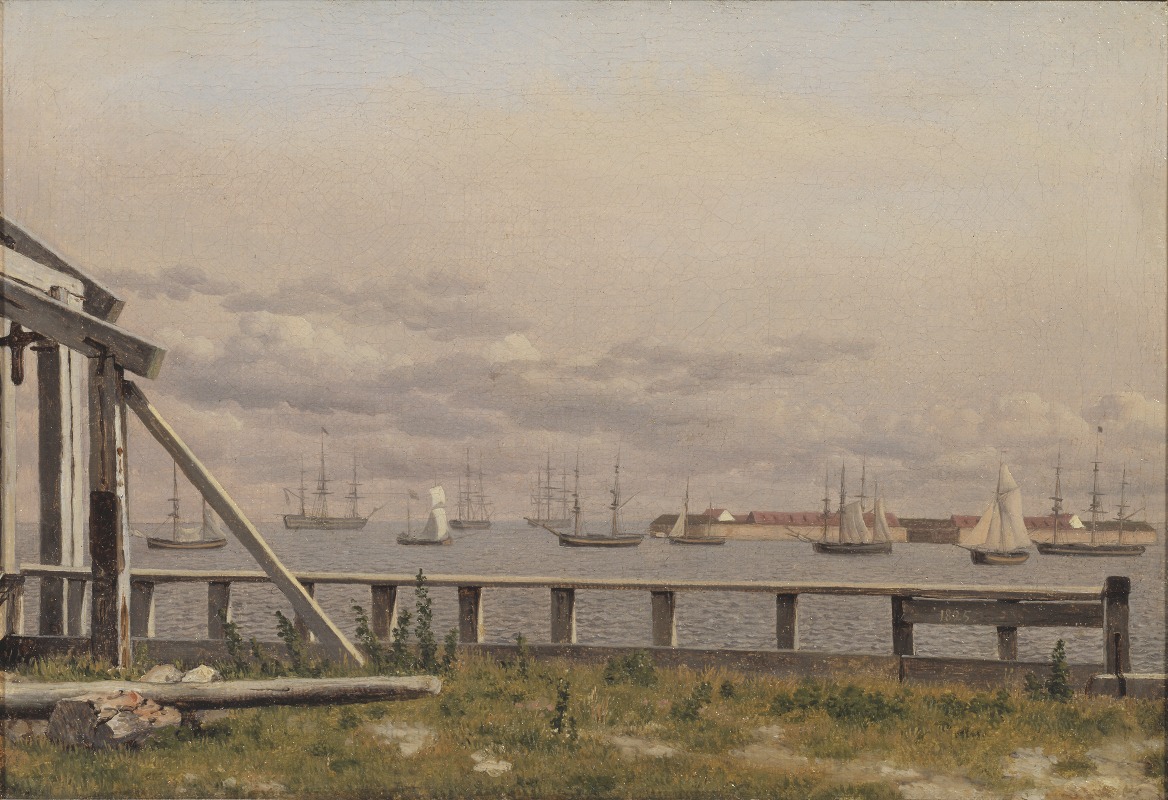
View from the Lime-kilns in Copenhagen
A hand-painted replica of Christoffer Wilhelm Eckersberg’s masterpiece View from the Lime-kilns in Copenhagen, meticulously crafted by professional artists to capture the true essence of the original. Each piece is created with museum-quality canvas and rare mineral pigments, carefully painted by experienced artists with delicate brushstrokes and rich, layered colors to perfectly recreate the texture of the original artwork. Unlike machine-printed reproductions, this hand-painted version brings the painting to life, infused with the artist’s emotions and skill in every stroke. Whether for personal collection or home decoration, it instantly elevates the artistic atmosphere of any space.
"View from the Lime-kilns in Copenhagen" is a painting by the renowned Danish artist Christoffer Wilhelm Eckersberg, who is often referred to as the father of Danish painting. Eckersberg played a pivotal role in the development of the Danish Golden Age of painting, a period marked by a flourishing of the arts in Denmark during the first half of the 19th century. His works are celebrated for their clarity, precision, and attention to detail, and he is known for his ability to capture the essence of his subjects with remarkable accuracy.
This particular painting, "View from the Lime-kilns in Copenhagen," exemplifies Eckersberg's skill in landscape painting. Although specific details about the painting's creation, such as the exact year it was painted, are not widely documented, it is consistent with Eckersberg's style and thematic interests during his career. The painting likely depicts a scene from the area around Copenhagen, where lime-kilns were a common sight during the 19th century. These kilns were used for the production of lime, an essential material for construction and agriculture at the time.
Eckersberg's landscapes often reflect his keen observation of nature and his ability to render it with a sense of realism and tranquility. In "View from the Lime-kilns in Copenhagen," he captures the interplay of light and shadow, a hallmark of his work, which adds depth and dimension to the scene. The composition likely includes elements typical of Eckersberg's landscapes, such as a clear sky, detailed foreground, and a harmonious balance between natural and man-made elements.
Eckersberg's influence on Danish art was profound, and his teachings at the Royal Danish Academy of Fine Arts helped shape a generation of artists. He emphasized the importance of studying nature directly and encouraged his students to paint en plein air, or outdoors, to capture the true essence of their subjects. This approach is evident in his own works, including "View from the Lime-kilns in Copenhagen," where the natural environment is depicted with meticulous attention to detail.
While specific exhibitions or collections featuring "View from the Lime-kilns in Copenhagen" are not extensively documented, Eckersberg's works are held in high regard and are part of numerous prestigious collections, including the Statens Museum for Kunst (the National Gallery of Denmark) in Copenhagen. His paintings continue to be studied and admired for their contribution to the development of Danish art and their reflection of the cultural and historical context of the time.
In summary, "View from the Lime-kilns in Copenhagen" is a testament to Christoffer Wilhelm Eckersberg's mastery of landscape painting and his significant role in the Danish Golden Age of painting. Through his detailed and realistic portrayal of the Danish landscape, Eckersberg not only captured the beauty of his surroundings but also laid the groundwork for future generations of artists.





